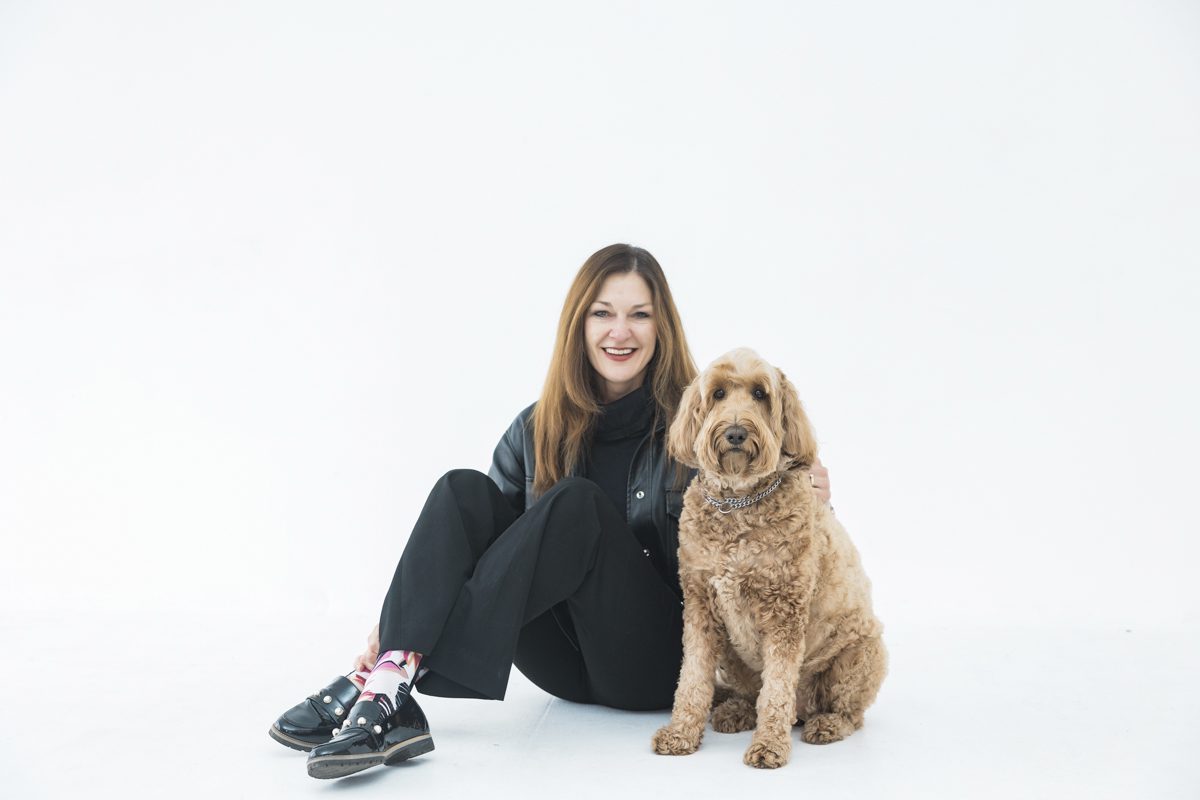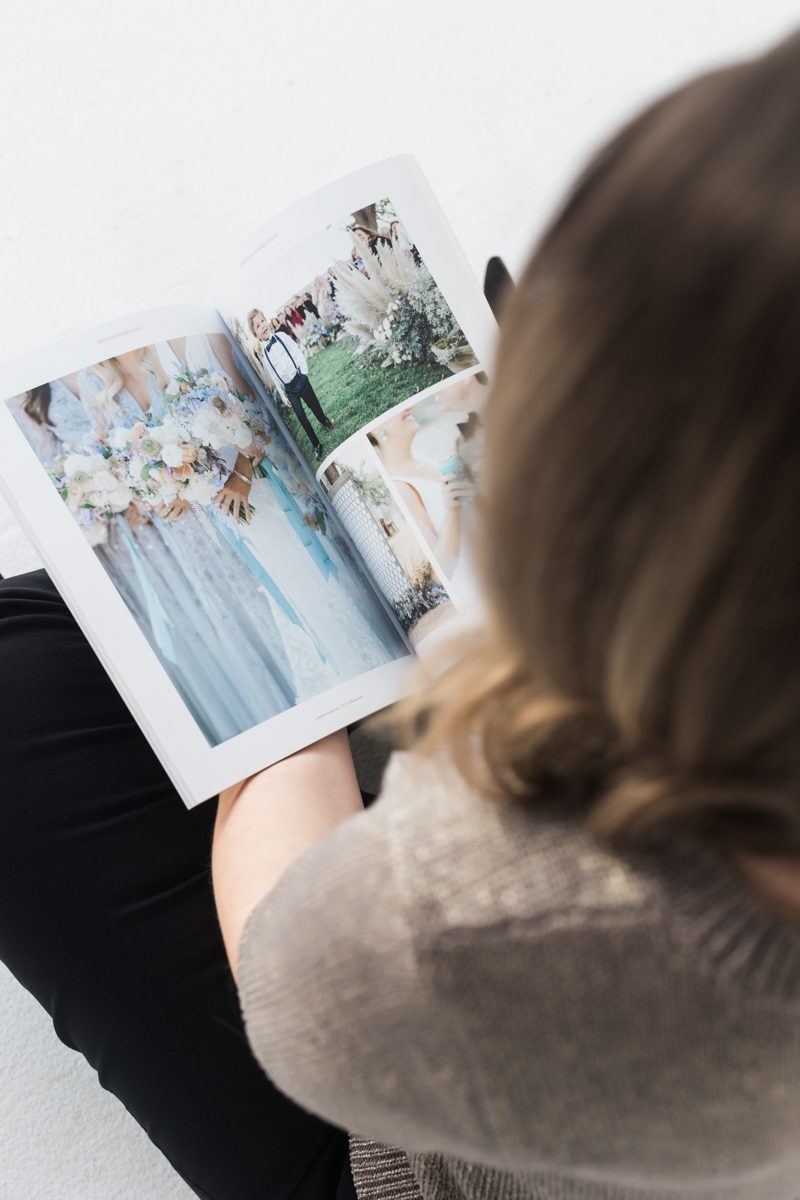If one of my previous blogs did its job, you’ve been convinced that you need to have branding photos. You’ve scheduled a session and are ready to look and feel your best.
Or maybe you just got your branding photos back from your photo session with a professional photographer. They look great, but now what?
Do you know what you’ll do with the photos once you have them?
If this is your first time getting brand photos taken, fear not. This blog will walk you through putting your branding photos into action for the first time and offer new ways to use them that you hadn’t thought of before.
If you’ve recently gotten a fresh new batch of brand photos taken (remember, it’s good to do it every 1-2 years!) this blog is for you too, because the ways they can be put into action have likely changed with the times since you last went through this exercise.
Homepage
The Takeaway: Use brand photos on your homepage as a hero image or as a section background.
The Explanation: Your homepage is your chance to introduce yourself to the online audience who has navigated to your rest stop on the information superhighway. To do this, you can use brand photography in two ways.
Firstly, you should give your visitors a nice big hero image to draw them in, make them feel welcome and get them excited about the rest of the website they are about to explore.
Think of this like the front door to your business. Do you want a rickety old screen door that’s falling off the hinges? No. You want the gates at the entrance to Jurassic Park!
For example, check out how Ford uses one big hero image at the top of their homepage.
The dramatic picture of a Ford Bronco perched on some rocks at a backcountry campsite not only showcases a popular model from their lineup, it also tells a story about the lifestyle drivers can achieve when owning this off-road capable SUV.
Now contrast that with the multiple videos General Motors uses. Still great big dramatic stuff, but there’s more going on.
Everything is moving. There are more words covering the pictures and where to start is a lot more fuzzy.
On Ford’s site, you can comfortably scroll down to see sections offering info about the current sale, powertrain options, new technology, the three most popular Ford models and useful owner services.
Ford also does a nice job of illustrating the second way to use brand photos on your homepage. As you scroll down on their simple and clean homepage, you see images for each of the sections.
The “front door” is now open and we get to see what’s inside. It’s not King Kong, but the curiosity fostered by the main image has been rewarded with the lineup of models.
Then we see people in a Ford having fun with the new hands-free driving technology, followed by images of a sports car, an SUV and a truck corresponding to three types of vehicles to learn more about.
Last, there’s one image each for two of Ford’s services offered for drivers who want to enhance their ownership experience and protect and maintain their new purchase.
There’s a total of just eight photos on the Ford homepage, but each one has a job to do and it’s done well. Ford has certainly put their brand photos into action, and this is a good example of how you can use your new brand images on your homepage.
About Page
The Takeaway: Use a combination of portraits, lifestyle photos and behind the scenes shots on your about page.
The Explanation: The “About” page on your website informs customers about your company’s roots through sharing your brand’s story vision, history, values and achievements. It’s also a place to introduce team members.
There’s no better way to make this story more emotional and easier to connect with than by using well-placed brand photos.
One “About” page that does an effective job of using portraits, behind the scenes and lifestyle shots to connect with their audience on their about page comes from FedEx.
They are using a diverse mix of photos to show the human side of their package delivery business.
When they pair portraits and behind the scenes photos with copy such as “Our world revolves around you,” it’s clear they care about customers by showing employees that take pride in their jobs.
There are also a couple of headshots to show the leaders of the company.
The business-like formality of these two photos express seriousness and professionalism and contrast with the softer, less rigid poses in the other images.
FedEx’s story feels more human and becomes easier to connect with when the page utilizes smiling faces doing work, making connections and being charitable.
Services & Products Pages
The Takeaway: The types of photos you’ll use depends on what type of business you have. Behind the scenes and action shots are ideal for service businesses, while retail requires product shots for items you have for sale in your online store.
The Explanation: Service-based business like personal trainers, life coaches, productivity specialists, landscapers, financial advisors or dentists may have a few examples of their finest work to showcase their portfolios on their website, but they also want to be able to appear trustworthy and generally just likable as people.
This is where lifestyle and behind the scenes action shots are preferred.
For example, if you’re a yoga instructor you may want to show yourself teaching a class or in your studio demonstrating poses. Using images that show you dressing, looking and acting the part will let potential customers know you actually eat, sleep and breathe your profession.
I’ve shot a number of these types of images over the years. Amber De La Garza, a productivity specialist, has used them to great effect in a service page section on her website.
Her “Speaking” page shows her in action in front of a crowd, on a stage and engaging with an audience. Giving website visitors visual proof that she’s experienced greatly boosts the likelihood of booking more speaking engagements in the future.
If your business is more geared towards selling products, you need photos of your products so your customers know what they’re getting. I’ll cover product photos more below!
Testimonials
The Takeaway: The ideal way to use behind the scenes photos of yourself interacting with customers is to sprinkle them into your page next to testimonials that you’ve placed in between other sections of pages. This effectively breaks up sections with visual reminders that your company is the best embedded throughout.
The Explanation: There are two ways to use pictures with testimonials on your website. One way is to show people using your products, and the other is to show you interacting with your customers.
If you’re a coffee shop owner, it’s good to show the baristas in action as they hand off a beautifully crafted latte to a happy waiting customer or a waitress delivering some fresh baked muffins to a table of diners. Photos capturing that owner and customer interaction are great to post alongside testimonials from satisfied customers.
Shots of people holding warm mugs of hot cocoa are enticing and elicit the sensations and emotions that go with experiencing your services. Telling this visual story alongside a well-positioned testimonial is powerful in more ways than one.
I like the way Culture Espresso places testimonials near photos; the photos are overhead shots of their coffee shop dining spaces that are filled with coffee drinkers and diners relaxing and sipping their coffees.
Ready for branding photography that’s optimized for your website and marketing materials? Reach out — let’s chat!
"*" indicates required fields
































